A shoe rack is an essential furniture item for almost every household, providing an organized and convenient storage solution for our vast collection of footwear. The selection of an ideal shoe rack depends on various factors, and one of the most crucial considerations is its dimensions. In this article, we will delve into the dimensions of shoe racks, exploring different types and their optimal sizes, to help you make an informed decision when purchasing or designing a shoe rack. 1. Understanding Shoe Rack Dimensions: Shoe racks are available in various sizes, shapes, and materials, catering to different storage needs. To understand shoe rack dimensions, it is important to familiarize ourselves with the key terms associated with shoe racks, including width, height, depth, and storage capacity. 2. Types of Shoe Racks: a. Shoe Cabinets: These are typically larger, enclosed units with doors or drawers for storing footwear. Shoe cabinets come in different sizes and configurations to accommodate various shoe types and sizes. Common dimensions range from 30 to 40 inches in width, 15 to 20 inches in depth, and 36 to 72 inches in height.
leather
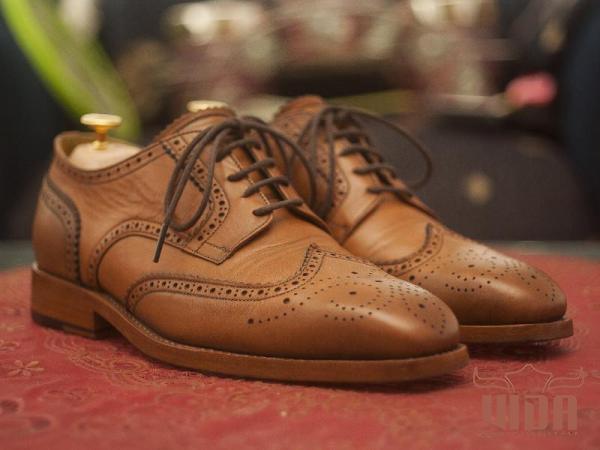 b. Shoe Racks with Shelves: These shoe racks feature open shelves that allow for easy access and visibility of shoes. Wall-mounted or freestanding, they come in various shapes and sizes. Typical dimensions for a freestanding shoe rack range between 20 to 40 inches in width, 10 to 16 inches in depth, and 16 to 36 inches in height. c. Over-the-Door Shoe Organizers: These are space-saving options that hang over the back of a door, utilizing vertical space. Over-the-door shoe organizers are commonly available in widths ranging from 18 to 24 inches and heights of 50 to 70 inches, with pocket sizes designed to accommodate different shoe types. 3. Optimal Shoe Rack Height: The height of a shoe rack plays a crucial role in maximizing storage capacity without compromising accessibility. Several factors should be considered when determining the optimal shoe rack height, such as the types of shoes to be stored and the available space. A general rule of thumb is to estimate the average shoe height and multiply it by the number of pairs to be stored.
b. Shoe Racks with Shelves: These shoe racks feature open shelves that allow for easy access and visibility of shoes. Wall-mounted or freestanding, they come in various shapes and sizes. Typical dimensions for a freestanding shoe rack range between 20 to 40 inches in width, 10 to 16 inches in depth, and 16 to 36 inches in height. c. Over-the-Door Shoe Organizers: These are space-saving options that hang over the back of a door, utilizing vertical space. Over-the-door shoe organizers are commonly available in widths ranging from 18 to 24 inches and heights of 50 to 70 inches, with pocket sizes designed to accommodate different shoe types. 3. Optimal Shoe Rack Height: The height of a shoe rack plays a crucial role in maximizing storage capacity without compromising accessibility. Several factors should be considered when determining the optimal shoe rack height, such as the types of shoes to be stored and the available space. A general rule of thumb is to estimate the average shoe height and multiply it by the number of pairs to be stored.
Specifications of leather
 For example, if the average shoe height is 5 inches, and you want to store 20 pairs, a shoe rack with a minimum height of 100 inches would be required. 4. Optimal Shoe Rack Width and Depth: The width and depth of a shoe rack are primarily influenced by the available space and the number of shoes one intends to store. It is important to consider the size of the footwear (e.g., small-sized shoes or boots) and their arrangement, whether side by side or one behind the other. A sufficient gap between shoes should be maintained for easy access and visibility. Standard widths for shoe racks range between 20 to 40 inches, with depths varying from 10 to 20 inches. 5. Considering Storage Capacity: The storage capacity of a shoe rack depends on the number of pairs it can accommodate. There are several ways to estimate storage capacity, such as considering an average of 8 to 10 pairs per linear foot or using shoe size-specific calculations. Additionally, it is crucial to consider accessories or compartments like shoe cubbies, vertical dividers, or adjustable shelves to optimize storage efficiency. 6. Factors to Consider when Choosing Shoe Rack Dimensions: a. Available Space: Measure the space where you intend to place the shoe rack to determine the suitable dimensions. b. Shoe Collection: Consider the number and types of shoes you own. Do you have multiple pairs of sports shoes, formal shoes, or boots? This will impact the storage capacity and configuration required.
For example, if the average shoe height is 5 inches, and you want to store 20 pairs, a shoe rack with a minimum height of 100 inches would be required. 4. Optimal Shoe Rack Width and Depth: The width and depth of a shoe rack are primarily influenced by the available space and the number of shoes one intends to store. It is important to consider the size of the footwear (e.g., small-sized shoes or boots) and their arrangement, whether side by side or one behind the other. A sufficient gap between shoes should be maintained for easy access and visibility. Standard widths for shoe racks range between 20 to 40 inches, with depths varying from 10 to 20 inches. 5. Considering Storage Capacity: The storage capacity of a shoe rack depends on the number of pairs it can accommodate. There are several ways to estimate storage capacity, such as considering an average of 8 to 10 pairs per linear foot or using shoe size-specific calculations. Additionally, it is crucial to consider accessories or compartments like shoe cubbies, vertical dividers, or adjustable shelves to optimize storage efficiency. 6. Factors to Consider when Choosing Shoe Rack Dimensions: a. Available Space: Measure the space where you intend to place the shoe rack to determine the suitable dimensions. b. Shoe Collection: Consider the number and types of shoes you own. Do you have multiple pairs of sports shoes, formal shoes, or boots? This will impact the storage capacity and configuration required.
buy leather
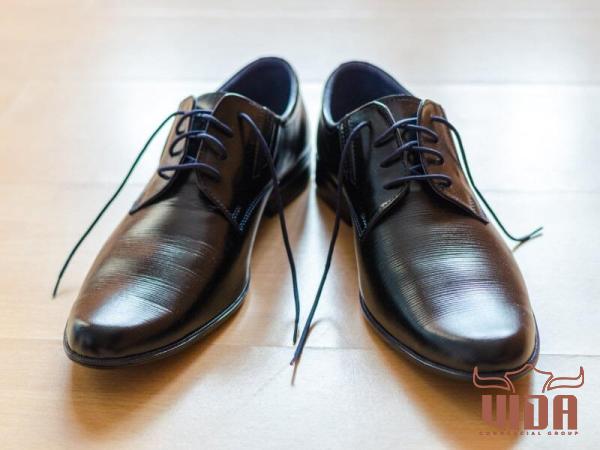 c. Footwear Sizes: Ensure the shoe rack dimensions can accommodate various shoe sizes, especially if you have larger or smaller-sized footwear. d. Accessibility: Opt for dimensions that allow for easy access and visibility of all shoes without overcrowding or causing damage. e. Aesthetic Appeal: The dimensions of the shoe rack should align with the overall aesthetics of your interior space. Choose a size and design that harmonizes with your existing furniture and decor. Conclusion: When it comes to shoe racks, considering the appropriate dimensions is crucial to ensure efficient shoe storage and easy accessibility. By evaluating factors such as available space, the number and types of shoes, and the desired aesthetic appeal, you can select the most suitable dimensions for your shoe rack. Always remember to prioritize functionality and organization when making your decision, leading to a clutter-free and well-organized collection of footwear.
c. Footwear Sizes: Ensure the shoe rack dimensions can accommodate various shoe sizes, especially if you have larger or smaller-sized footwear. d. Accessibility: Opt for dimensions that allow for easy access and visibility of all shoes without overcrowding or causing damage. e. Aesthetic Appeal: The dimensions of the shoe rack should align with the overall aesthetics of your interior space. Choose a size and design that harmonizes with your existing furniture and decor. Conclusion: When it comes to shoe racks, considering the appropriate dimensions is crucial to ensure efficient shoe storage and easy accessibility. By evaluating factors such as available space, the number and types of shoes, and the desired aesthetic appeal, you can select the most suitable dimensions for your shoe rack. Always remember to prioritize functionality and organization when making your decision, leading to a clutter-free and well-organized collection of footwear.
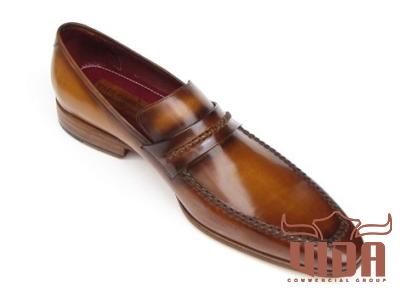
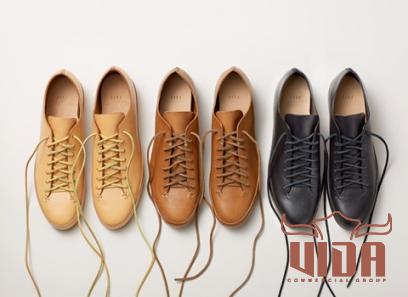
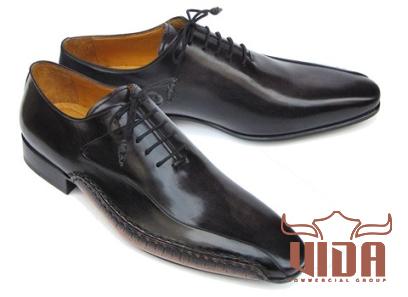
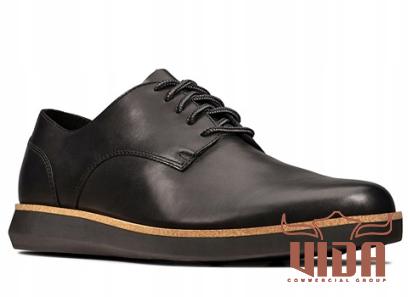
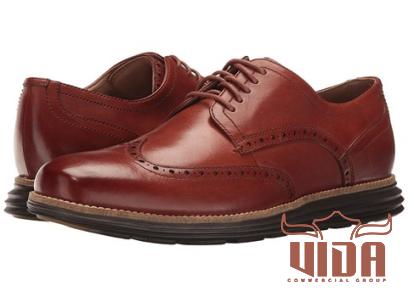
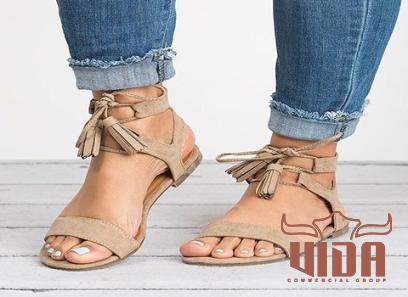
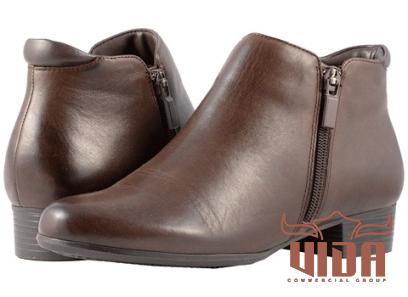
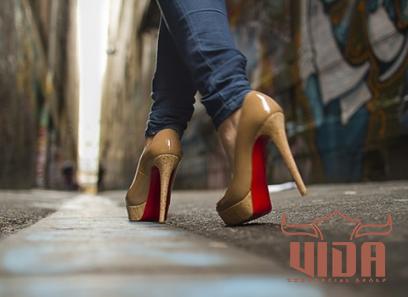

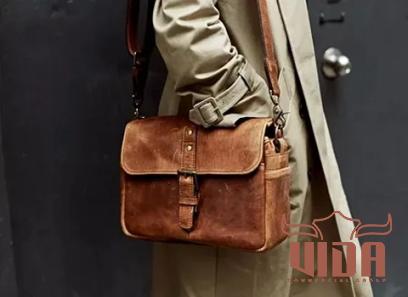
Your comment submitted.